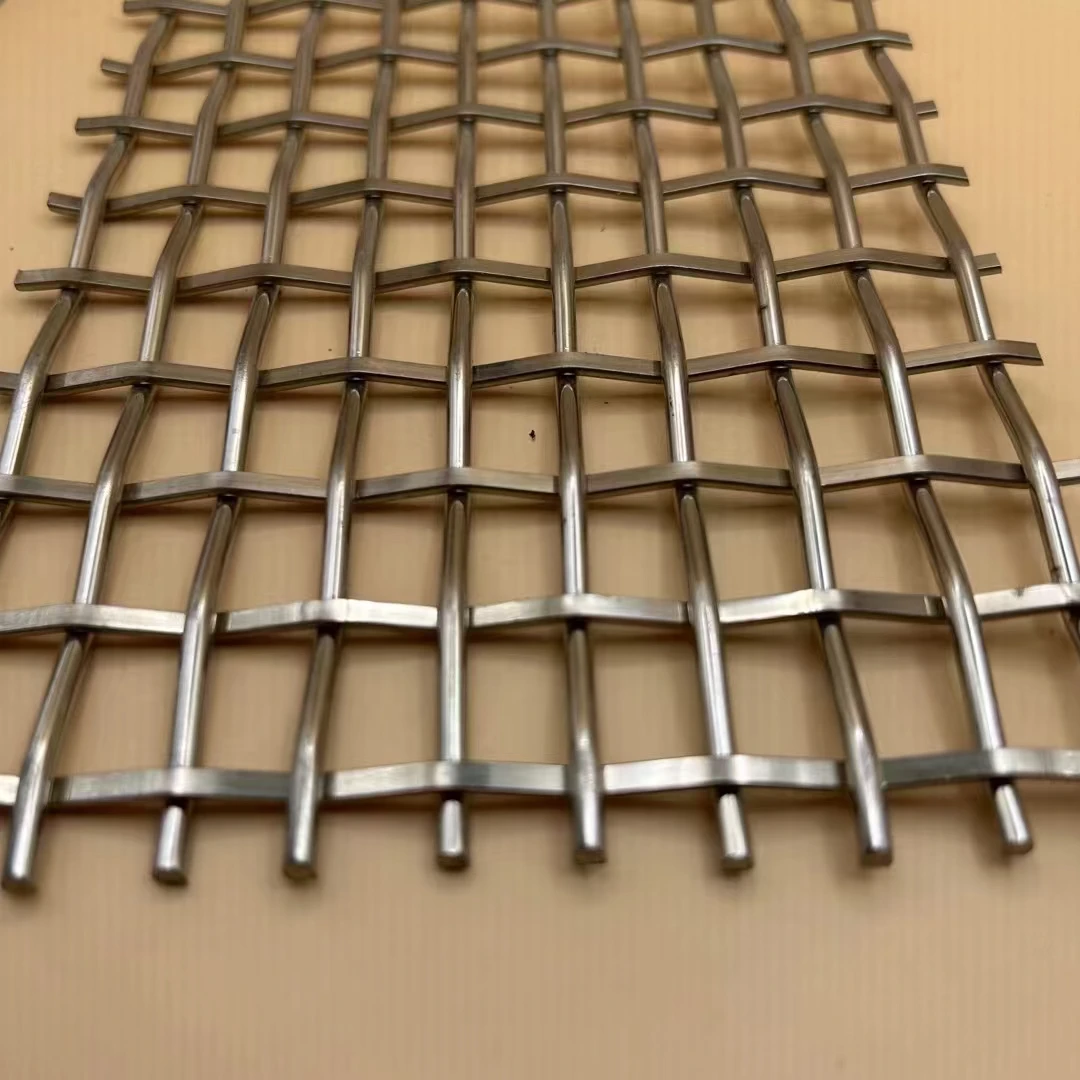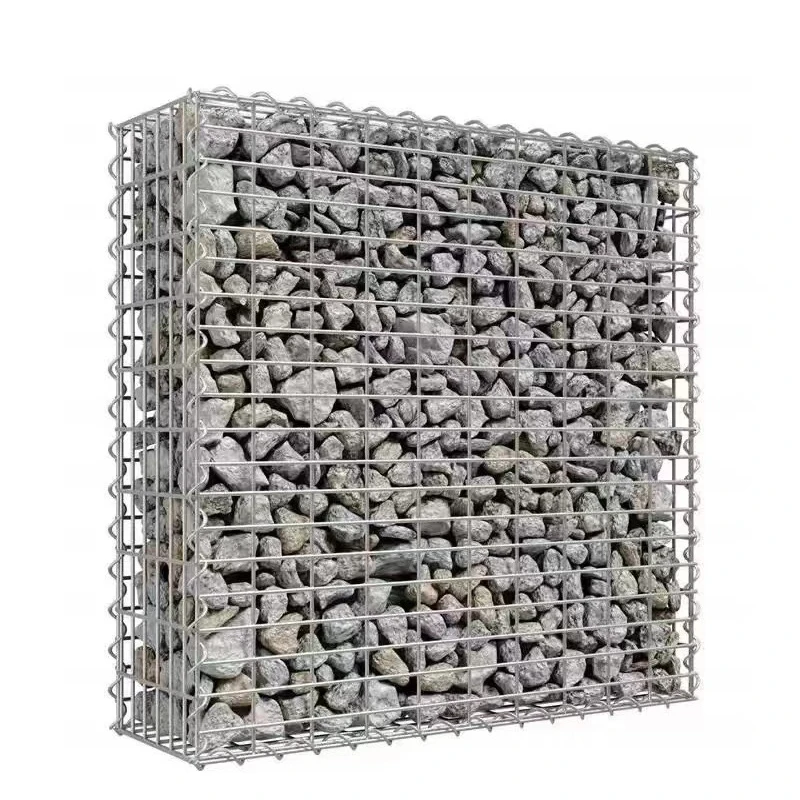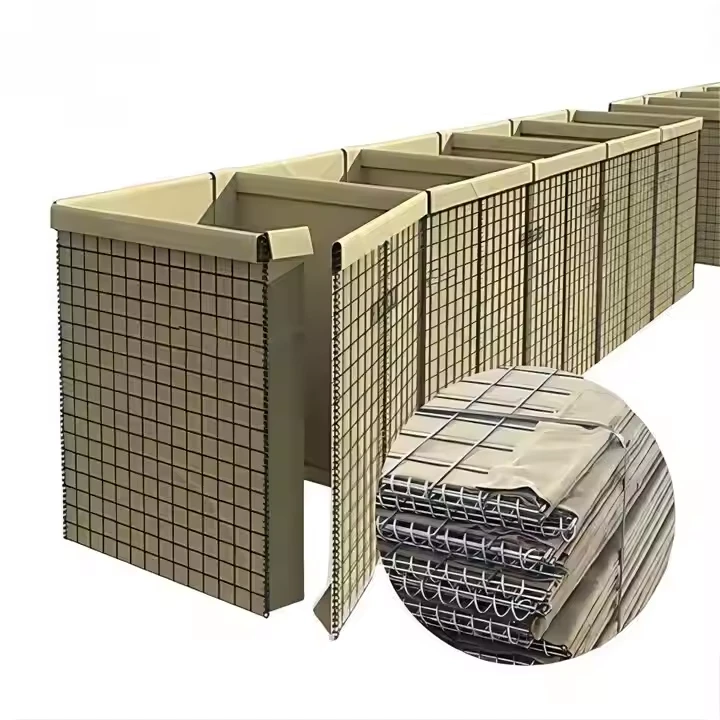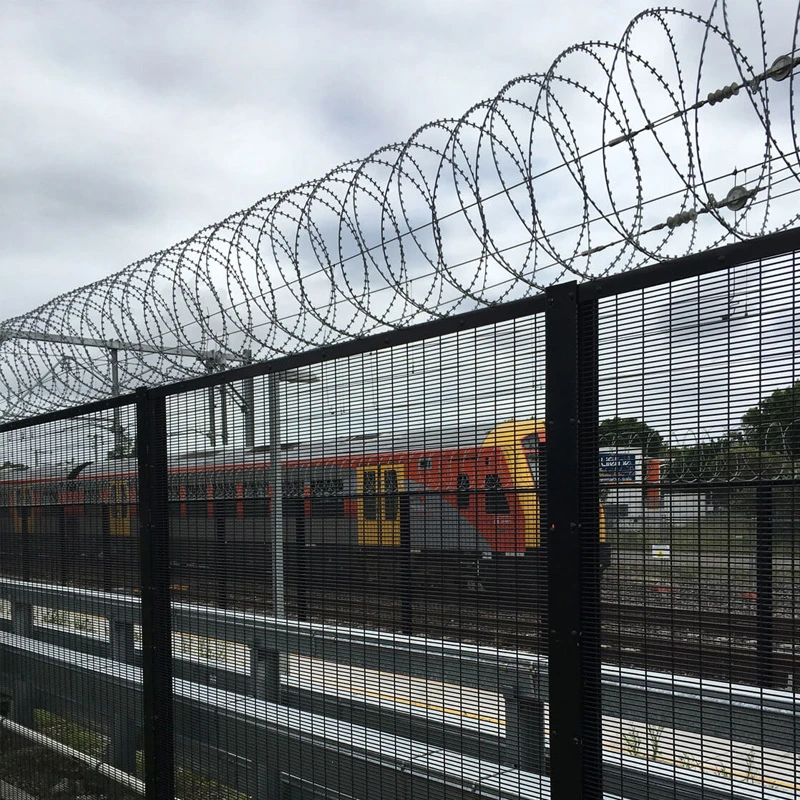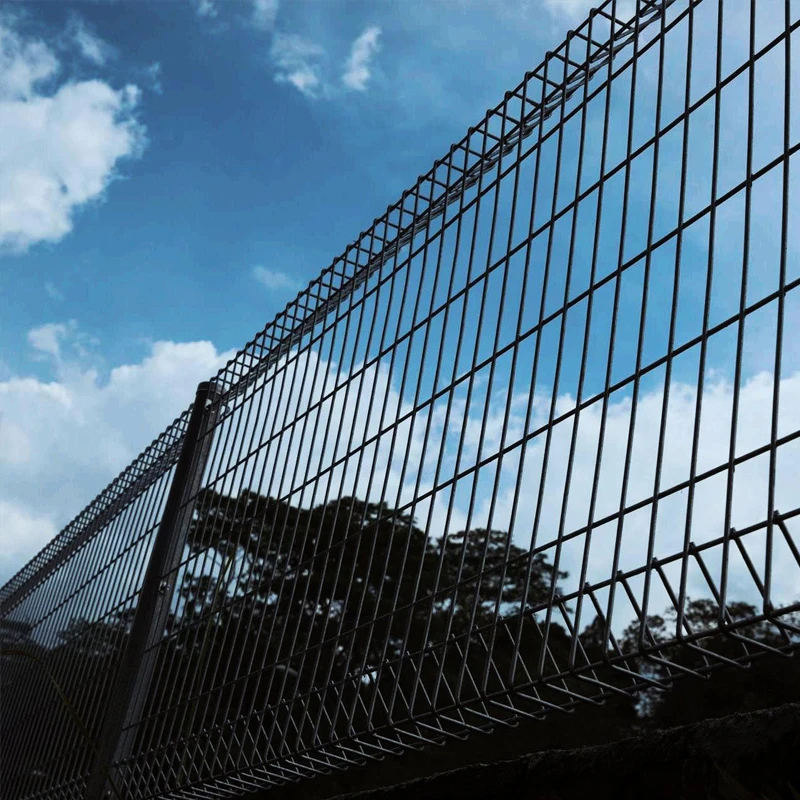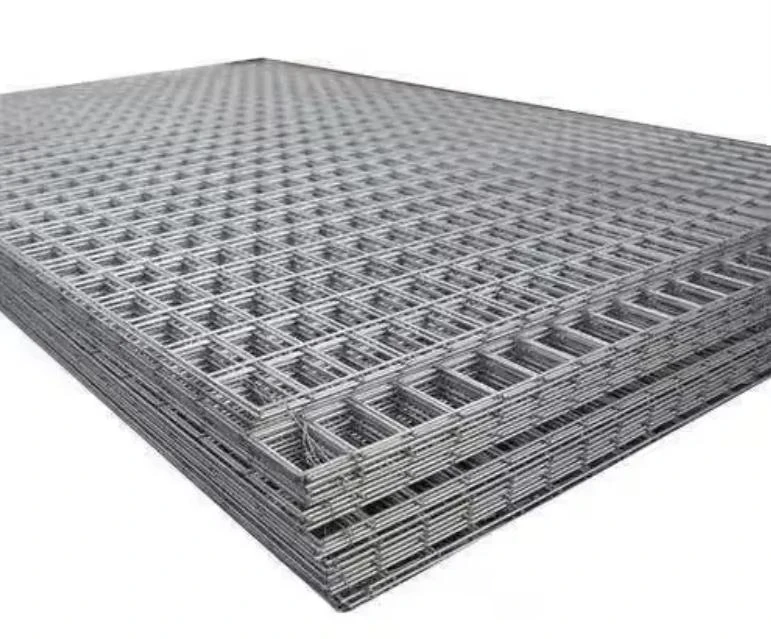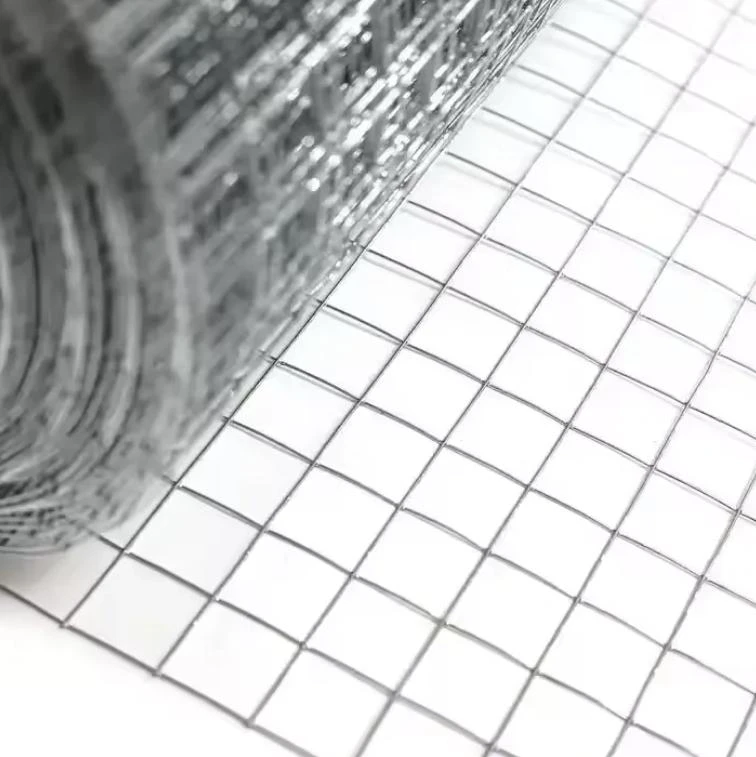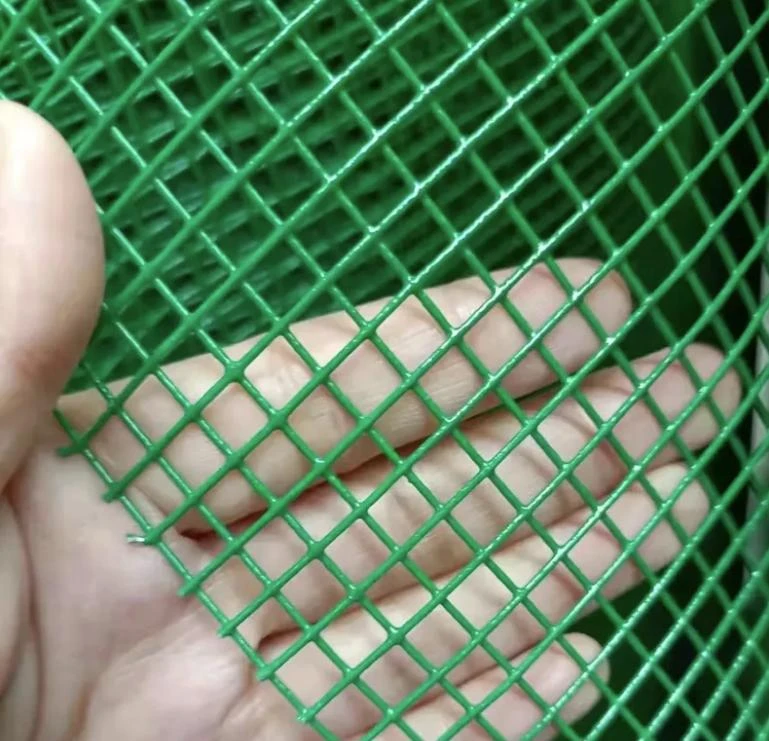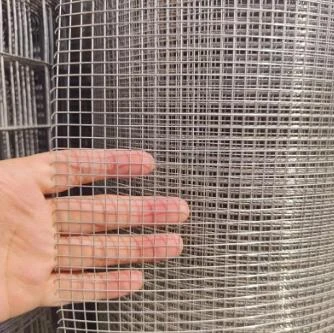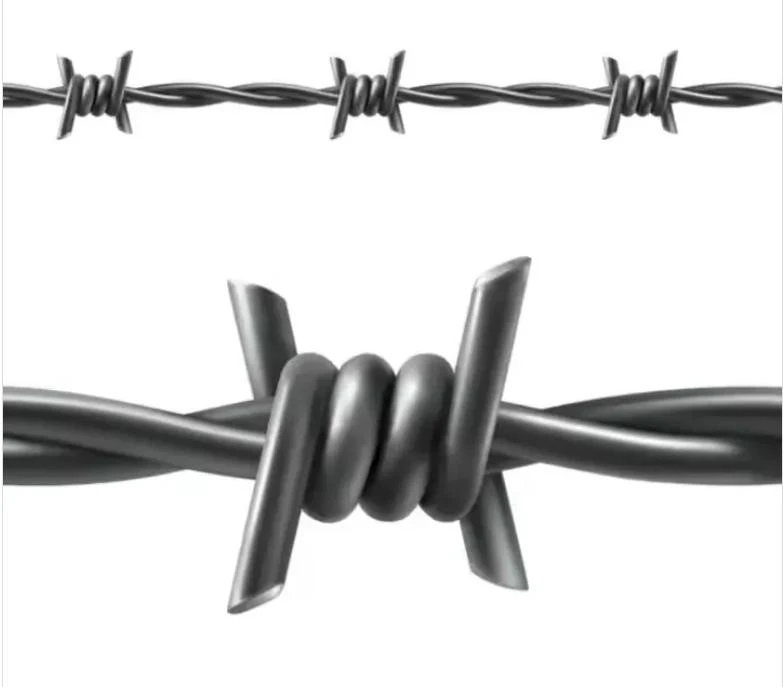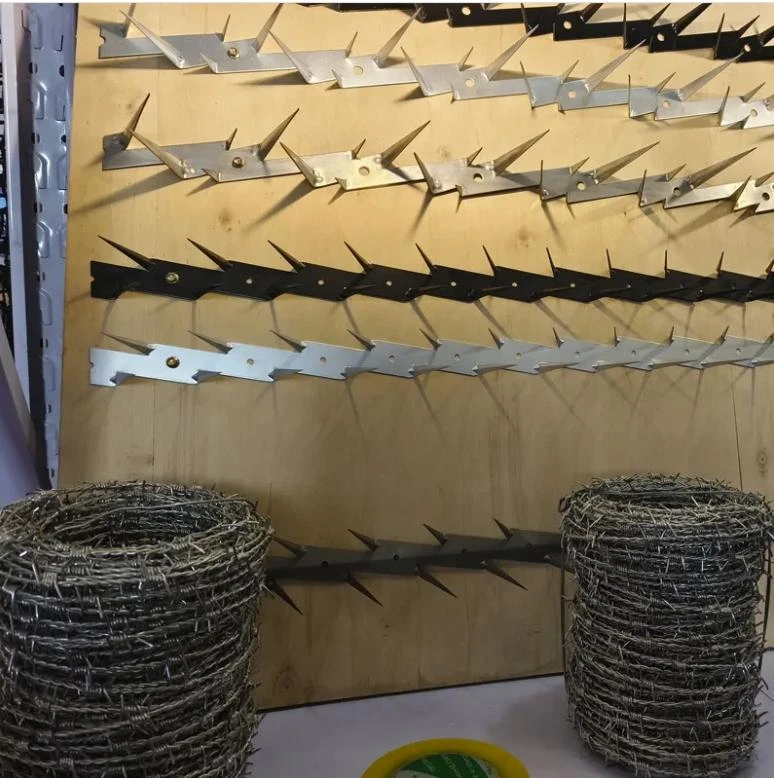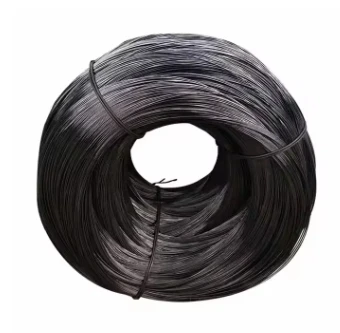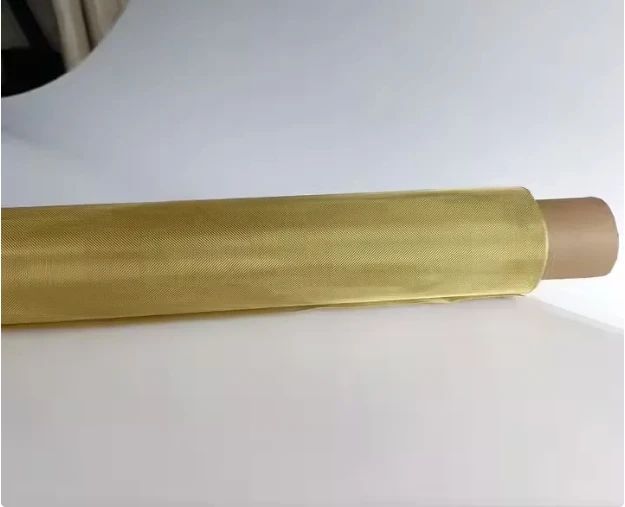Përshkrimi i prodhimit
Forca e tij e lartë në tërheqje, rezistenca e shkëlqyer ndaj dridhjeve dhe jeta e gjatë e shërbimit i mundësojnë atij të marrë rezultate dhe shërbime të sakta të skanimit me çmimin më të mirë, kështu që rrjeta e telit të përdredhur 65MN është zgjidhja perfekte për ekranet e thërrmuesit të gurëve dhe ekranet e minierave.
|
65MN Përbërja Kimike e Materialit
|
|
Materiali
|
C
|
Dhe
|
Mn
|
Kr
|
Në
|
Me
|
|
65 milion çelik
Shembull: 6.5 mm
|
0.62-0.70
|
0.17-0.37
|
0.90-1.20
|
≤0.25
|
≤0.30
|
≤0.25
|
|
0.66
|
0.25
|
0.98
|
0.04
|
0.01
|
0.03
|
Lloje të ndryshme të skajeve Materiali rrjetë i shtrënguar me detyrë të rëndë është tela çeliku me forcë të lartë, tela çeliku 45#, tela çeliku 65Mn. Zakonisht përdoret për skanimin e gurëve dhe rërës në miniera, industrinë e qymyrit. Pllakat rrjetë kanë skaje të ndryshme.

Specifikimi
Ne mund të personalizojmë madhësinë e vrimës sipas kërkesave tuaja
Ekrani vibrues i rrjetës së telit të shtrënguar me madhësi të ndryshme vrimash tregon:
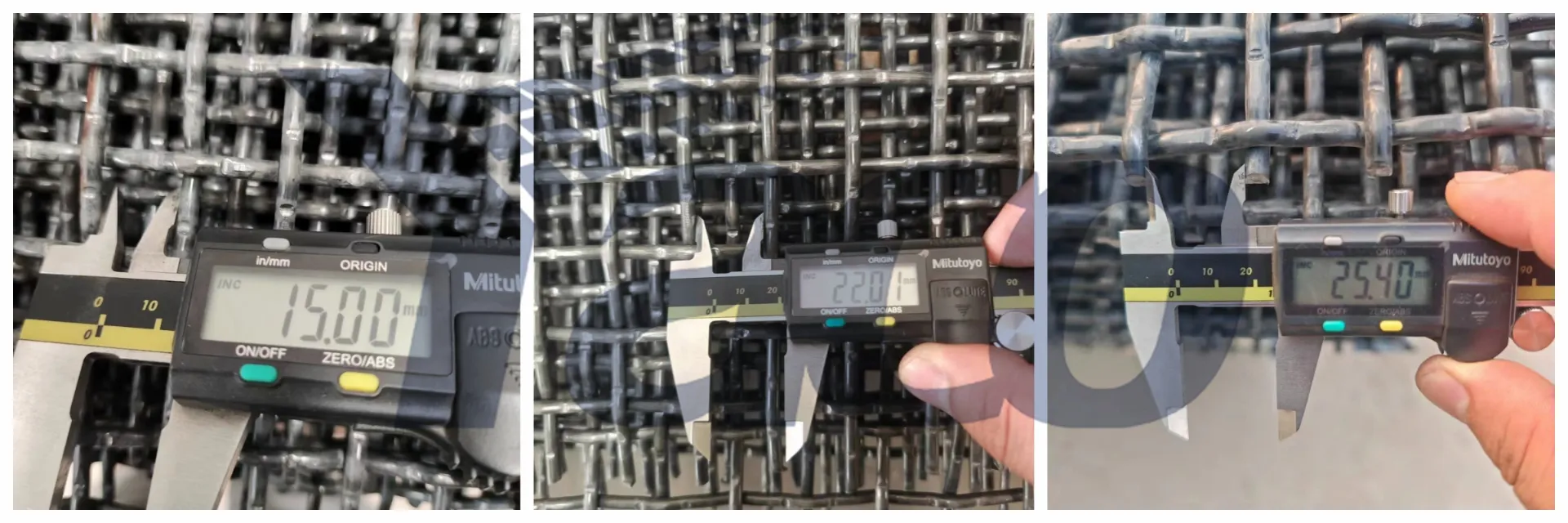


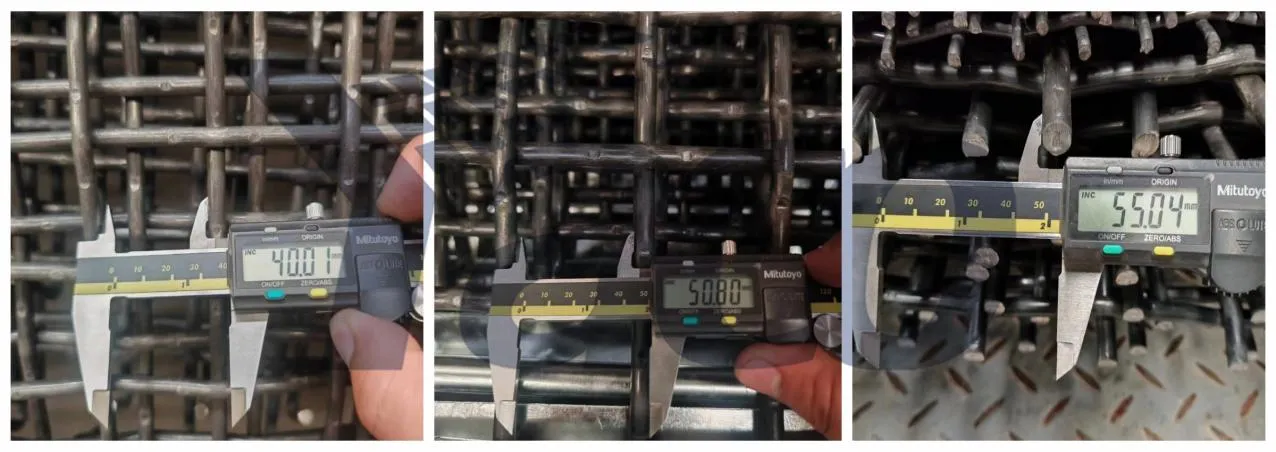
Detajet e rrjetës vibruese të ekranit

|
Materiali
|
Çeliku i manganit me elasticitet të lartë.
|
|
Diametri i telit
|
1,5 mm - 13 mm
|
|
Hapja/hapja
|
2 mm - 110 mm.
|
|
Mbarimi i sipërfaqes
|
Mbarimi i mullirit, Spërkatje me vaj kundër ndryshkut, Veshje PVC
|
|
Lloji i thurjes
|
E dyfishtë e ndrydhur, e ndërmjetme e ndrydhur, e sipërme e sheshtë e shtrënguar, e bllokuar e ndrydhur
|
|
Madhësia
|
në fletë ose në rrotull, gjerësi deri në 6 metra, gjatësi deri në 100 metra.
|
Ne mund të ofrojmë lloje të ndryshme rrjetash teli të endura: rrotulla rrjetë teli të ngjeshur, çarçafë rrjetë teli të endura, ekrane vibruese me ose pa grepa

Aplikimi
Ekrani vibrues i çelikut të manganit përdoret gjerësisht në miniera, gurore, industrinë e agregatit për të ekranizuar madhësi të ndryshme të rërës, zhavorrit, qymyrit, gurit, shkëmbit, materialeve metalike dhe materialeve të tjera xeherore.
Rrjeta jonë e ngjeshur e telit është e disponueshme në një sërë diametrash teli dhe madhësish rrjetash, duke ju lejuar të zgjidhni përshtatjen e përsosur për nevojat tuaja specifike. Pavarësisht nëse keni nevojë për një rrjetë të imët për qëllime filtrimi ose një matës më të rëndë për rrethimin e sigurisë, ne kemi zgjidhjen e duhur për ju. Shkathtësia e rrjetës sonë teli të ngjeshur e bën atë të përshtatshëm për një gamë të gjerë aplikimesh, duke përfshirë mbylljet e kafshëve, veçoritë arkitekturore dhe barrierat mbrojtëse.
Përveç forcës dhe shkathtësisë së saj, rrjeta jonë e telit të shtrënguar është projektuar gjithashtu për instalim dhe mirëmbajtje të lehtë. Rrjeta mund të pritet lehtësisht në madhësi dhe është e përputhshme me sisteme të ndryshme kornizë, duke siguruar një konfigurim pa probleme. Plus, vetitë e tij rezistente ndaj korrozionit sigurojnë jetëgjatësi, edhe në mjedise të vështira.
Crimped Weave Types: Double, Lock & Intermediate Crimp Differences
Crimped woven wire mesh owes its versatility to specialized weave patterns, with double, lock, and intermediate crimps catering to distinct industrial demands. As a leading crimped wire mesh manufacturer, JINJIU engineers each style to balance strength, flexibility, and durability—whether using carbon steel or stainless steel crimped wire mesh.
Double crimp, the most common variant, features uniform crimps pressed into both warp and weft wires at every intersection. This symmetrical design creates consistent square or rectangular apertures (5mm to 50mm), making crimped wire mesh ideal for general-purpose applications. Mining screens rely on their 3-6mm wire diameter to sift aggregates, while agricultural fencing uses it to contain livestock—its balanced structure resisting deformation under pressure. Stainless steel crimped wire mesh in double crimp excels in food processing, where corrosion resistance and easy cleaning are critical.
Lock crimp (or “interlock crimp”) elevates stability: wires are crimped to interlock at crossings, eliminating slippage even under heavy loads. This design suits high-stress environments, such as construction site safety barriers or heavy machinery guards. With apertures as small as 2mm, crimped woven wire mesh in lock crimp prevents debris penetration, while its rigid structure (using 4-8mm wires) withstands impact. Crimped wire mesh manufacturer JINJIU often recommends this type for industrial filtration, where consistent opening sizes are non-negotiable.
Intermediate crimp strikes a middle ground: warp wires have crimps at every intersection, while weft wires feature crimps at alternating points. This hybrid design offers flexibility without sacrificing strength, making it perfect for curved surfaces—like silo linings or cylindrical screens. Apertures range from 3mm to 30mm, with stainless steel crimped wire mesh variants thriving in chemical processing, where resistance to acids and temperature fluctuations is key. Its adaptability also shines in architectural applications, such as decorative facades, where form meets function.
Each weave type reflects crimped wire mesh’s engineered precision. As a trusted crimped wire mesh manufacturer, JINJIU tailors these patterns: double crimp for reliability, lock crimp for extreme strength, and intermediate crimp for versatility. Whether for mining, construction, or food safety, crimped woven wire mesh delivers—proving that the right crimp transforms performance.
Crimped vs. Ordinary Wire Mesh: Why It Excels in Building Applications
In building applications, the choice between crimped wire mesh and ordinary wire mesh hinges on performance under stress—and crimped woven wire mesh consistently outperforms, thanks to its engineered design. As a leading crimped wire mesh manufacturer, JINJIU highlights how this difference transforms structural integrity, durability, and safety in construction projects.
Ordinary wire mesh relies on straight, uncrimped wires woven at right angles, offering basic functionality but lacking resilience. In building scenarios—like concrete reinforcement or safety barriers—its smooth wires can slip at intersections under load, leading to uneven stress distribution and potential failure. For example, when used as formwork for concrete slabs, ordinary mesh may deform under wet concrete weight, compromising structural precision.
Crimped wire mesh solves this with intentional crimps (indentations) pressed into wires at every intersection. This design locks wires in place, preventing slippage and creating a rigid, load-bearing structure. In concrete reinforcement, crimped woven wire mesh distributes tensile forces evenly across slabs, walls, and beams, reducing cracking and enhancing longevity. Its 4-8mm wire diameter (thicker than ordinary mesh) adds tensile strength, making it ideal for high-rise construction or heavy-duty flooring.
Durability is another key advantage. Stainless steel crimped wire mesh—a specialty of trusted crimped wire mesh manufacturer JINJIU—resists corrosion in humid concrete curing environments or outdoor applications (e.g., facade cladding). Unlike ordinary mesh, which may rust and weaken over time, its crimped design retains structural integrity even with minor corrosion, extending service life in coastal or industrial areas.
Building safety barriers benefits significantly. Ordinary mesh fences often sag or break under impact (e.g., from construction equipment), while crimped wire mesh’s rigid structure withstands force, protecting workers from falls or debris. Its uniform apertures (5-50mm) also prevent tool or material drops, a critical feature on scaffolding or elevated platforms.
Adaptability in building applications sets crimped woven wire mesh apart. It conforms to curved surfaces (e.g., arched doorways or circular columns) without losing strength, a flexibility ordinary mesh lacks. For screening aggregate in concrete mixing, its crimped design ensures consistent particle separation, avoiding blockages that plague ordinary mesh with irregular openings.
As a premier crimped wire mesh manufacturer, JINJIU delivers solutions where ordinary mesh falls short: stainless steel crimped wire mesh for coastal projects, heavy-gauge crimped wire mesh for industrial floors, and precision-woven variants for architectural facades. In building, it’s not just wire—it’s engineered reliability.




















